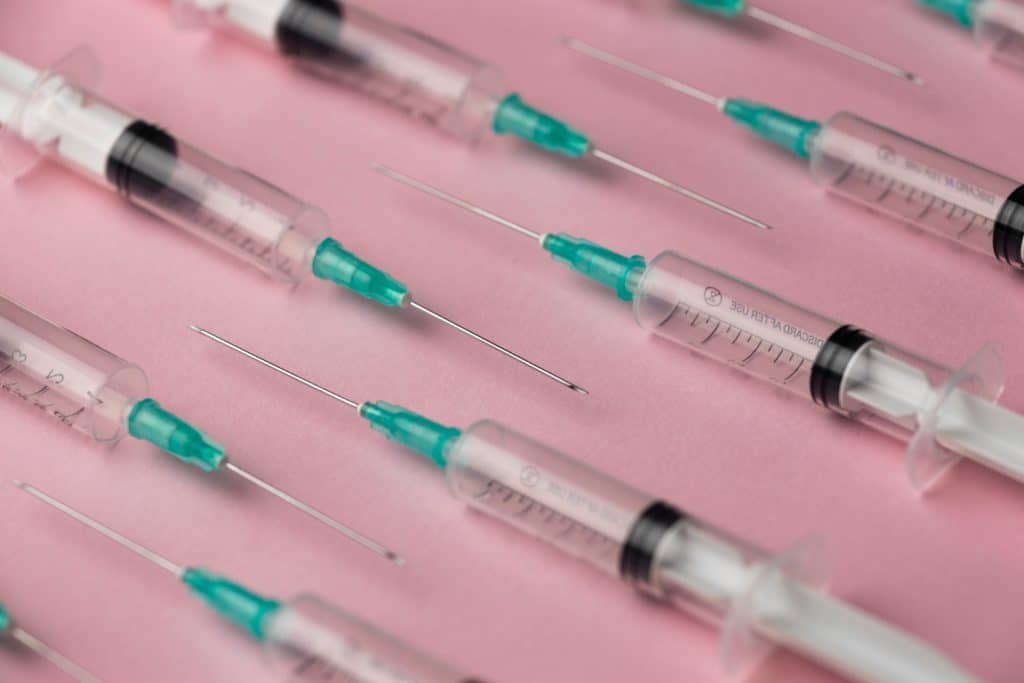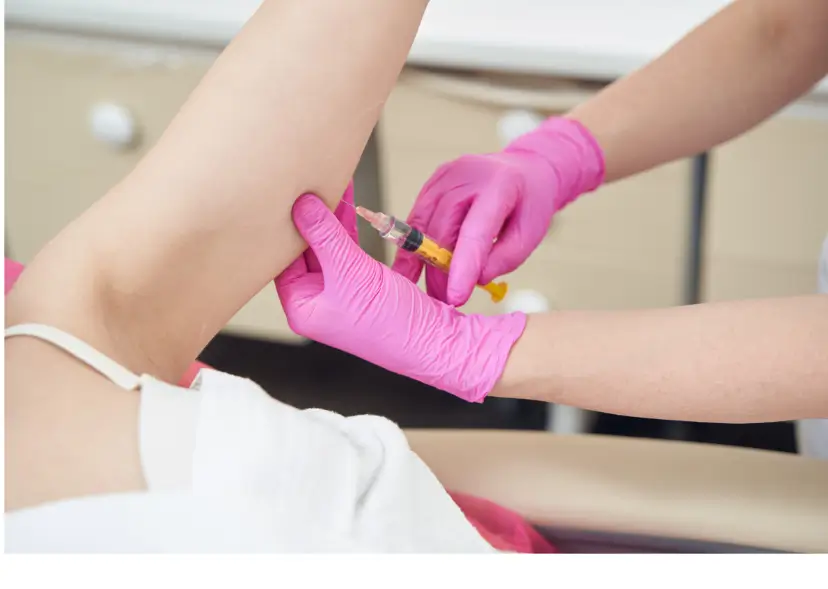Did you know that neuromodulators are injectable medications that have reshaped the landscape of cosmetic medicine? These injections offer a nonsurgical solution to wrinkles and fine lines, relaxing a person’s facial muscles so they have a smoother, more youthful appearance.
Among the popular neuromodulators available, Dysport and Jeuveau have gained significant attention. Dysport, a botulinum toxin type A, has been used for years to treat frown lines and crow’s feet. Jeuveau, a newcomer, targets moderate to severe glabellar lines. But how do they compare?
In this article, we’ll delve into the specifics of Dysport and Jeuveau and explore what makes each product unique. We’ve covered the relashionship between Dysport, Botox, and Xeomin in another article.
Key Takeaways
- Dysport and Jeuveau are both neuromodulators used for cosmetic and therapeutic purposes.
- Both treatments show effects in 2-3 days. Dysport lasts about four months, while Jeuveau’s effects can last three to five months.
- The formulation and injection techniques for Dysport and Jeuveau differ, which may impact treatment outcomes.
- Patient preferences, cost considerations, and safety profiles are essential when choosing between Dysport and Jeuveau for treatment.
About: Medical Spa RX provides medical practices with premium products at the best prices. If you’re looking to buy Dysport wholesale for your practice, the sales representatives at Medical Spa RX can give you guidance.
Introduction to Dysport and Jeuveau
Dysport (abobotulinumtoxinA) is derived from the bacterium Clostridium botulinum and is used to treat cervical dystonia (severe spasms in the neck muscles) and temporarily lessen the appearance of facial wrinkles. It inhibits the release of the neurotransmitter acetylcholine, leading to temporary muscle paralysis.
Patients can expect initial results within 2-3 days post-injection, with the full effect typically visible after 1-2 weeks. The outcomes include a reduction in the appearance of wrinkles, with most patients reporting satisfaction with the natural-looking results.
Jeuveau (prabotulinumtoxinA-xvfs), also known as ‘Newtox,’ is specifically indicated for the temporary improvement in the appearance of moderate to severe glabellar lines associated with corrugator and/or procerus muscle activity in adult patients.
It works similarly to Dysport by inhibiting acetylcholine release and causing temporary muscle relaxation. The expected outcomes of Jeuveau treatments include a smoother appearance of frown lines between the eyebrows and a high patient satisfaction rate.
Formulation Variances
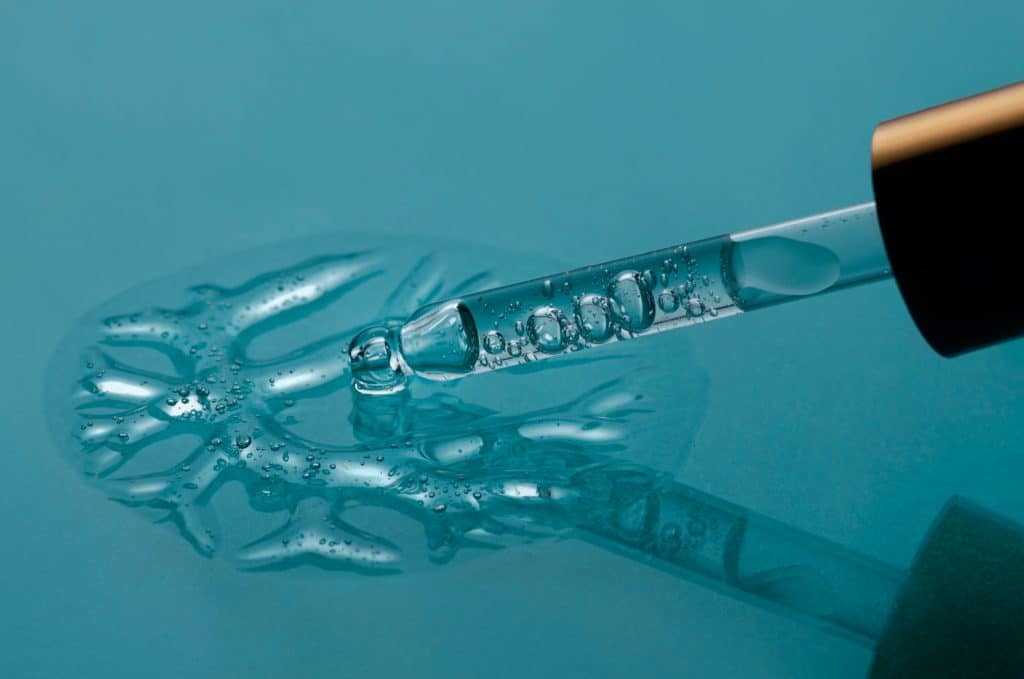
Understanding the formulation differences between Dysport and Jeuveau is crucial for healthcare providers and patients alike, as it influences the choice of treatment for various aesthetic concerns.
Composition of Both Treatments
Dysport is a formulation of botulinum toxin type A, specifically abobotulinumtoxinA. It is produced through the fermentation of Clostridium botulinum type A and is available in different unit dosages for clinical use. Dysport’s formulation is designed to address not only aesthetic concerns but also certain medical conditions such as cervical dystonia and spasticity.
Jeuveau, on the other hand, contains prabotulinumtoxinA-xvfs, a proprietary 900 kDa purified botulinum toxin type A formulation. It is manufactured using Hi-Pure™ technology, which aims to remove proteins to make it more absorbable, potentially leading to faster and possibly longer-lasting results. Jeuveau is approved specifically for the temporary improvement in the appearance of moderate to severe glabellar lines.
Differences in Formulation
The primary difference in formulation between Dysport and Jeuveau lies in their protein structures and the technologies used in their manufacturing processes. Dysport’s protein formulation differs from Jeuveau’s, leading to quicker diffusion in the injection area. This property makes Dysport suitable for treating larger areas with more prominent wrinkles, as its smaller molecule size allows it to spread more quickly.
Jeuveau’s Hi-Pure™ technology enhances the purity of the formulation, which may contribute to its absorbability and efficacy. While both products work by inhibiting the release of acetylcholine and causing temporary muscle relaxation, these formulation nuances may affect their clinical application, the onset of action, and the duration of their aesthetic effects.
Onset of Action and Duration of Effect
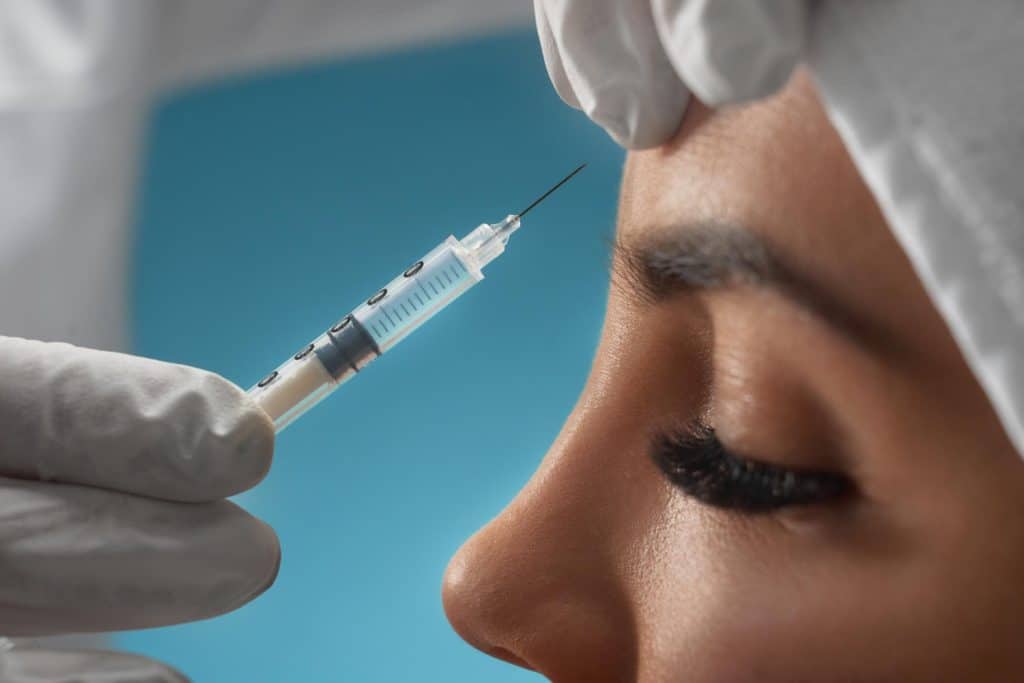
Understanding the onset of action and the duration of Dysport and Jeuveau treatments’ effects is essential for setting realistic expectations and planning maintenance treatments. Here’s a breakdown of what to expect:
Onset of Action
- Dysport: This treatment typically begins to show its effects within 2-3 days after injection, with the final results becoming evident around ten days post-treatment. Dysport is slightly faster in onset than other neuromodulators, essential for patients looking for quick results.
- Jeuveau: Similar to Dysport, this treatment also demonstrates a quick onset of action, with about 50% of patients improving after two days. Most patients achieve complete results by day 30, significantly improving frown lines.
Duration of Effect
- Dysport: The effects of Dysport injections are known to last between 3 to 6 months, with the average duration being around four months. This duration can vary based on factors such as the patient’s metabolism, the area treated, and the dose used.
- Jeuveau: This treatment offers a similar duration of effect, with results typically lasting between 3 to 6 months. Some patients may experience longer-lasting results, varying widely depending on individual characteristics and treatment specifics.
Both Dysport and Jeuveau provide a temporary solution for improving wrinkles and fine lines. Patients should discuss with their healthcare provider how often they might need to repeat treatments to maintain their desired results.
Injection Techniques and Dosage
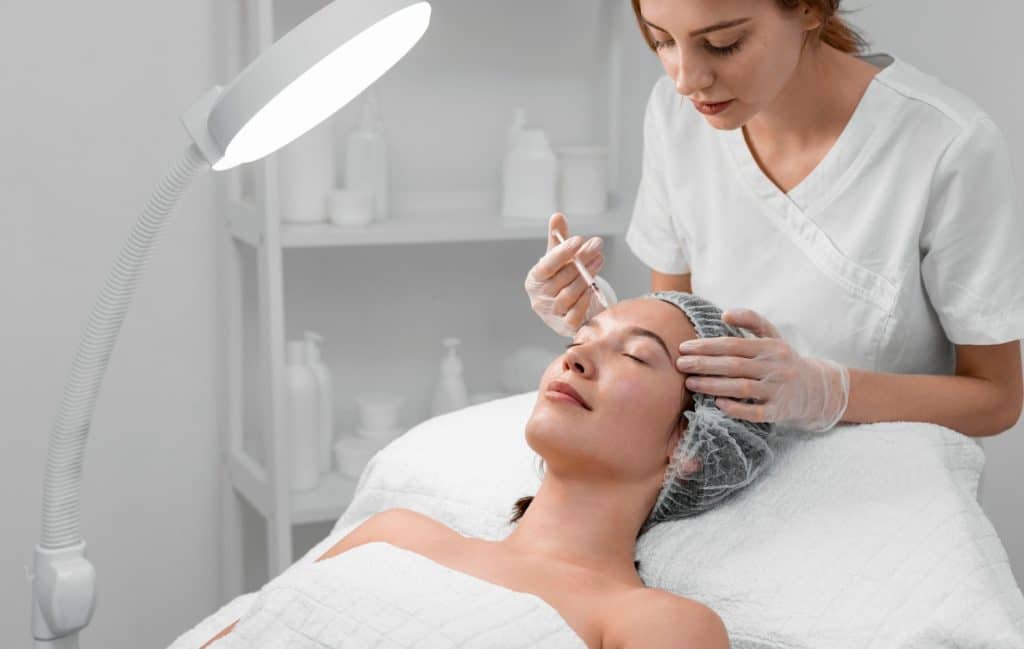
Dysport
Dysport (abobotulinumtoxinA) is indicated for the treatment of spasticity in patients two years of age and older, as well as cervical dystonia in adults. It is important to note that Dysport is not interchangeable with other botulinum toxins, and the potency units are specific to this product.
- Dosage: The dose should be selected based on the muscles affected, the severity of muscle spasticity, prior response, and adverse reaction history following treatment with Dysport. Repeat Dysport treatment should be administered when the effect of a previous injection has diminished, but no sooner than 12 weeks after the last injection.
- Injection Technique: Dysport should be reconstituted with preservative-free 0.9% Sodium Chloride Injection, USP using an aseptic technique before intramuscular injection. No more than 1 mL should generally be administered at any single injection site.
Jeuveau
Jeuveau (prabotulinumtoxinA-xvfs) is indicated for the temporary improvement in the appearance of moderate to severe glabellar lines associated with corrugator and/or procerus muscle activity in adult patients. Like Dysport, Jeuveau’s potency units are specific to the preparation and assay method and are not interchangeable with other botulinum toxin products.
- Dosage: The total treatment dose for glabellar lines is 20 Units, administered as 0.1 mL (4 Units) by intramuscular injection into each of the five sites.
- Injection Technique: Jeuveau is supplied in a single-dose 100-unit vial and should be reconstituted with only sterile, preservative-free 0.9% Sodium Chloride Injection, USP to obtain a solution at a concentration of 4 Units/0.1 mL. Vials are for single-dose only, and any remaining solution should be discarded after administration
Safety Profiles and Adverse Effects
Clinical trials and post-marketing experience have established the safety and efficacy of botulinum toxin products like Dysport and Jeuveau. However, as with all therapeutic proteins, there are potential adverse effects. It is important for patients to be aware of these and for healthcare providers to monitor treatment closely.
Dysport and Jeuveau are botulinum toxin type A injections with generally well-established safety profiles when administered by a qualified healthcare professional. Their mechanism of action involves temporarily relaxing targeted muscles, leading to wrinkle reduction or therapeutic benefits.
Potential Adverse Effects
- Injection Site Reactions: These are common and typically mild, including redness, swelling, tenderness, and bruising at the injection site. They usually resolve within a few days.
- Headache: Headaches can occur after treatment but are usually mild and temporary.
- Facial Drooping or Asymmetry: In rare cases, the injected product may spread to unintended areas, leading to temporary drooping of the eyelid (ptosis) or facial asymmetry. These effects typically resolve within a few weeks.
- Flu-like Symptoms: Some individuals may experience mild flu-like symptoms after treatment, including fever, chills, and muscle aches.
Considerations for Increased Risk
Dysport and Jeuveau are contraindicated in patients with known hypersensitivity to any botulinum toxin product, formulation components, or infection at the proposed injection site. These treatments must be administered by a qualified healthcare professional who understands the proper technique and the potential risks associated with these products.
Patients should be informed of the signs and symptoms of serious side effects, including difficulties with swallowing, speaking, or breathing, and the need to seek immediate medical attention if they experience any of these symptoms post-treatment.
Patient Preferences and Considerations
When considering treatment options with Dysport or Jeuveau, patients and healthcare providers should consider several factors to ensure the best possible outcomes. Here are some key considerations:
- Treatment Goals and Expectations: Patients should discuss their aesthetic or therapeutic goals with their healthcare provider. Understanding the desired outcomes is essential whether they seek wrinkle reduction or relief from spasticity.
- Injection Experience and Pain Tolerance: Some patients may fear needles or experience discomfort during injections. To enhance patient comfort, healthcare providers can discuss pain management options, such as topical numbing creams or ice. The injection technique and the provider’s skill also play a significant role in minimizing discomfort.
- Product Differences: Dysport and Jeuveau have distinct formulations and dosing units. Patients should be informed about these differences. Jeuveau is specifically indicated for glabellar lines, while Dysport has broader indications aside from cosmetic applications, such as spasticity and cervical dystonia. Moreover, healthcare professionals can also discuss different neuromodulators and compare Dysport, Botox, Xeomin, and Jeuveau to give them more options
- Duration of Effect: Patients should understand that Dysport and Jeuveau provide temporary results. Dysport typically lasts around 3 to 4 months, while Jeuveau’s effects may last up to 5 months. Factors like metabolism, muscle activity, and individual variation can influence the duration of the effect.
- Cost and Affordability: Treatment costs vary based on the number of units used and the frequency of sessions. Patients should discuss pricing and affordability with their provider. Some patients may prefer a more cost-effective option, while others prioritize specific product characteristics.
Conclusion
Dysport and Jeuveau are valuable options for patients seeking neuromodulator treatments for cosmetic or therapeutic purposes. While they share similarities to botulinum toxin type A formulations, their differences should be carefully considered when making treatment decisions. Medical professionals should stay informed about the latest research and guidelines to provide personalized recommendations for their patients’ needs.
FAQs
1. What’s the difference between Dysport and Jeuveau?
The main difference between Dysport and Jeuveau lies in their specific formulations, dosing units, and indications. While both injections can treat wrinkles, Dysport can also treat spasticity and cervical dystonia.
2. Can things go wrong with Dysport treatments?
Yes, Dysport treatments can lead to serious side effects, including problems with breathing or swallowing and the potential spread of toxin effects.
3. What should I do after getting Dysport?
To ensure optimal results after receiving Dysport, follow aftercare instructions. These include staying hydrated, avoiding strenuous exercise, or touching the injection sites for 24 hours.
References
Johnson AJ, Chen DS. Office‐based facial plastics procedures: Neuromodulators. World Journal of Otorhinolaryngology-head and Neck Surgery. 2023;9(3):220-226. doi:10.1002/wjo2.121
Gart MS, Gutowski KA. Aesthetic uses of neuromodulators. Plastic and Reconstructive Surgery/PSEF CD Journals. 2015;136:62S-71S. doi:10.1097/prs.0000000000001773
Dysport (Injection) Uses, Dosage & Side Effects. Drugs.com. https://www.drugs.com/dysport.html

